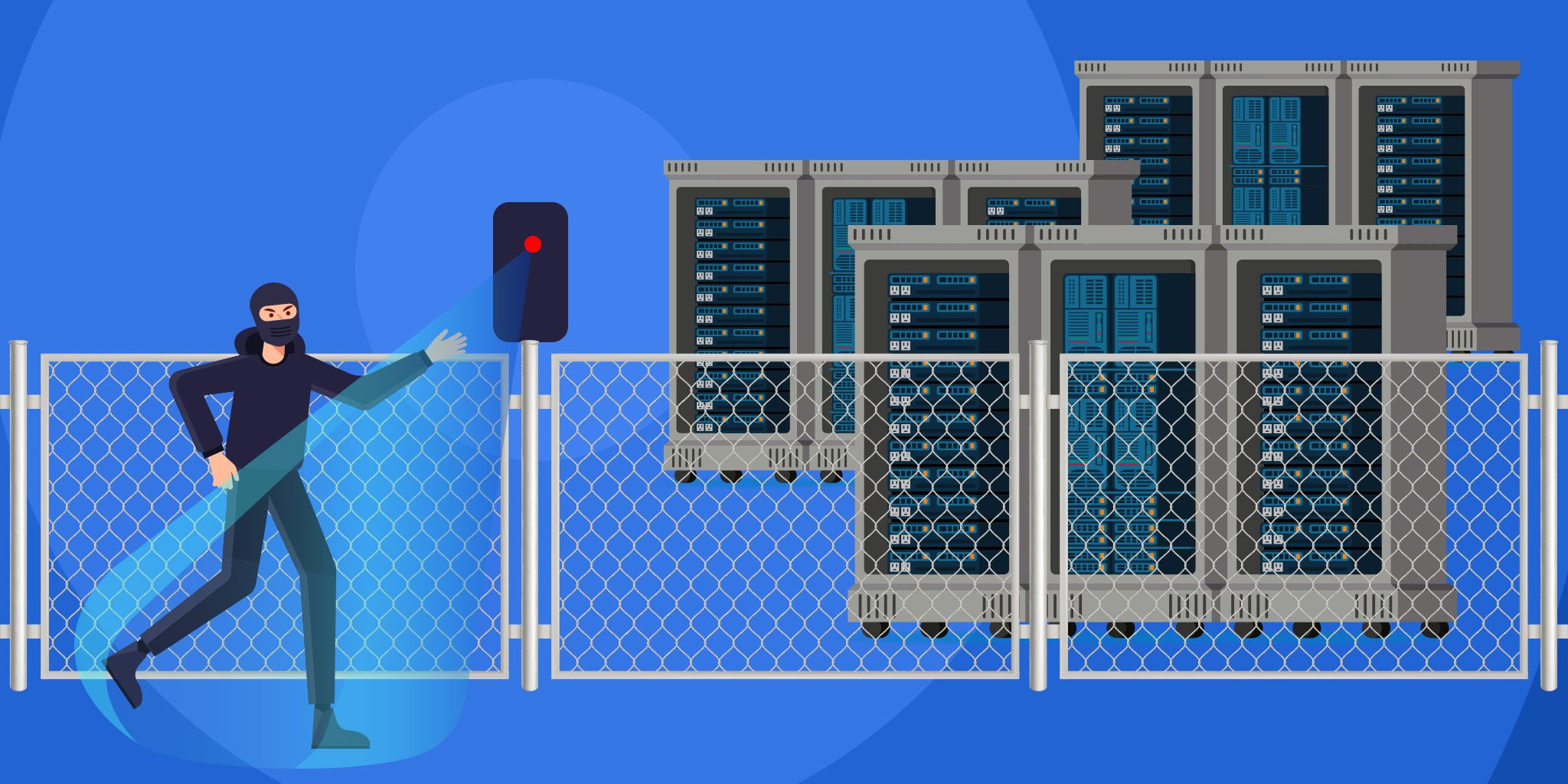Leverage IoT to Improve Employee Productivity
Leverage IoT to Improve Employee Productivity
- Last Updated: December 2, 2024
Zac Amos
- Last Updated: December 2, 2024



The Internet of Things is one of the most effective modern tools employers can use. As long as they know how to implement it, they should see substantial improvements. Here are some of the ways it can boost employee productivity.
1. Predicts Downtime
Unplanned downtime is one of the biggest threats to workplace efficiency. Employers that want to ensure workers stay productive can use predictive maintenance. IoT devices enable them to collect operational data to forecast when something will fail. For example, a sensor can alert them when a printer shows signs of an impending malfunction.
In all likelihood, employers will experience general productivity improvements even though unplanned downtime is relatively uncommon. In fact, 83 percent of organizations using IoT experience greater performance and efficiency.
2. Maximizes On-Task Time
More often than not, employees spend much of their day on nonwork-related tasks. For example, someone could easily waste 30 minutes by making coffee. Having to repeatedly get up to warm up the machine, brew a pot, fill a mug, and empty the used grounds takes time.
Employers should consider how many trivial tasks they could streamline with IoT devices. In the case of the coffee maker, employees could simply press a button on their phones to start the machine — cutting their four or more trips down to one.
3. Improves Comfort
Employees can only be efficient if their environment allows it. Often, an uncomfortable workspace translates to a noticeable drop in productivity. For example, people often perform worse at basic job functions when the office thermostat is too low.
Employers that use IoT devices to optimize employee comfort can boost workplace efficiency. After all, happy employees are 12 percent more productive than their unhappy counterparts. Whether they install smart thermostats, standing desks, or printers, the results will be noticeable.
4. Automates Everyday Duties
Employers can automate minor, everyday workplace functions or aim for large-scale transformation. For example, they can turn smart lights on whenever a motion sensor detects movement. While IoT devices aren’t autonomous like artificial intelligence is, they can still substantially reduce workers’ downtime.
5. Evaluates Remote Workers
Generally, remote work has been great for businesses. In fact, 77 percent of workers are more productive when telecommuting than working in person. While the figure is impressive, the unspoken part is that 23 percent have the same — or worse — performance.
Employers that want to close the gap can use IoT. For example, they can utilize monitoring devices like sensors or cameras to track when workers are at their desks and interacting with their computers. Using this data-driven insight, they can manage their remote employees more effectively and boost productivity.
6. Strengthens Logistics
Logistics processes are clunky and challenging to manage in most industries. As a result, employees need more time to schedule and coordinate. IoT can help them know precisely when something is arriving and when to order more.
Employers can attach IoT sensors to their supplies to track where shipments are in real time. They can also use devices to collect data, giving them insight into when they should order new materials.
7. Streamlines Training
Usually, people train the same regardless of whether or not they have experience — almost all companies apply the identical onboarding process to every new hire. At best, the result is hours of lost productivity potential. Fortunately, employers can use IoT devices to collect employee data, allowing them to identify and address skill gaps more effectively.
8. Connects Colleagues
Research shows employees spend at least 25 percent of their workweek looking for people or documents they need for a task. According to the same study, 45 percent believe their company is long overdue for an upgraded communications system. With IoT, employers can establish interconnected systems so everyone can interact seamlessly.
9. Incentivizes Productive Activity
Employers can use IoT wearables to track workplace activity, ensuring productivity remains high throughout the workday. They can monitor which departments employees visit, when they enter the building, or how long they remain idle.
Although some workers may protest being monitored, there are straightforward ways to incentivize their involvement. For example, they’ll be more likely to accept it if they get to use the wearable in their personal time. Alternatively, companies could create a productivity progression path and reward those who participate.
10. Identifies Skills Gaps
Eventually, employees fall into habits and can grow to depend on behaviors that are less than ideal. For example, they may get used to checking their email every few minutes or leaning on their colleagues for help. These things dampen the efficiency of the entire workplace yet often go unnoticed because they happen slowly over time.
Companies can use IoT in professional development courses to fix these issues. Once sensors and wearables collect enough data on potential productivity gaps, employers can help their workplace reach peak efficiency.
11. Streamlines Information Sharing
On average, employees spend 57 percent of their workday messaging colleagues. Additionally, they dedicate 40 percent of their workweek to meetings. While communication is crucial in the workplace, most companies use obsolete methods. IoT could streamline interactions and double employee productivity.
IoT devices allow for constant data access, meaning employees can instantly share information with their colleagues. Employers can also send updates in real time instead of holding arbitrary meetings. Everyone will be vastly more efficient when they have more time on their hands.
12. Expedites Security Processes
Manually entering a code into a keypad or swiping a badge in a door are tedious processes that result in lost productivity over time. Even employers who use more modern solutions — like face scanning — remain at a disadvantage because they have to protect employee biometric data from cybercriminals.
Companies should consider installing IoT security systems. Instead of wasting time on keypads and scans, employees can tap a button on their work phone to get into the building. Alternatively, they can use a radio frequency identification system — an identifying technology that uses radio waves — to automatically unlock every door they get near.
The Benefits of Using IoT in the Workplace
Organizations can use IoT devices in nearly any capacity, whether they want to automatically turn on breakroom coffee pots or track an employee’s location. As long as they implement it strategically, research shows it should increase productivity and boost employees’ moods.
The Most Comprehensive IoT Newsletter for Enterprises
Showcasing the highest-quality content, resources, news, and insights from the world of the Internet of Things. Subscribe to remain informed and up-to-date.
New Podcast Episode

IoT and AI in 2026
Related Articles





